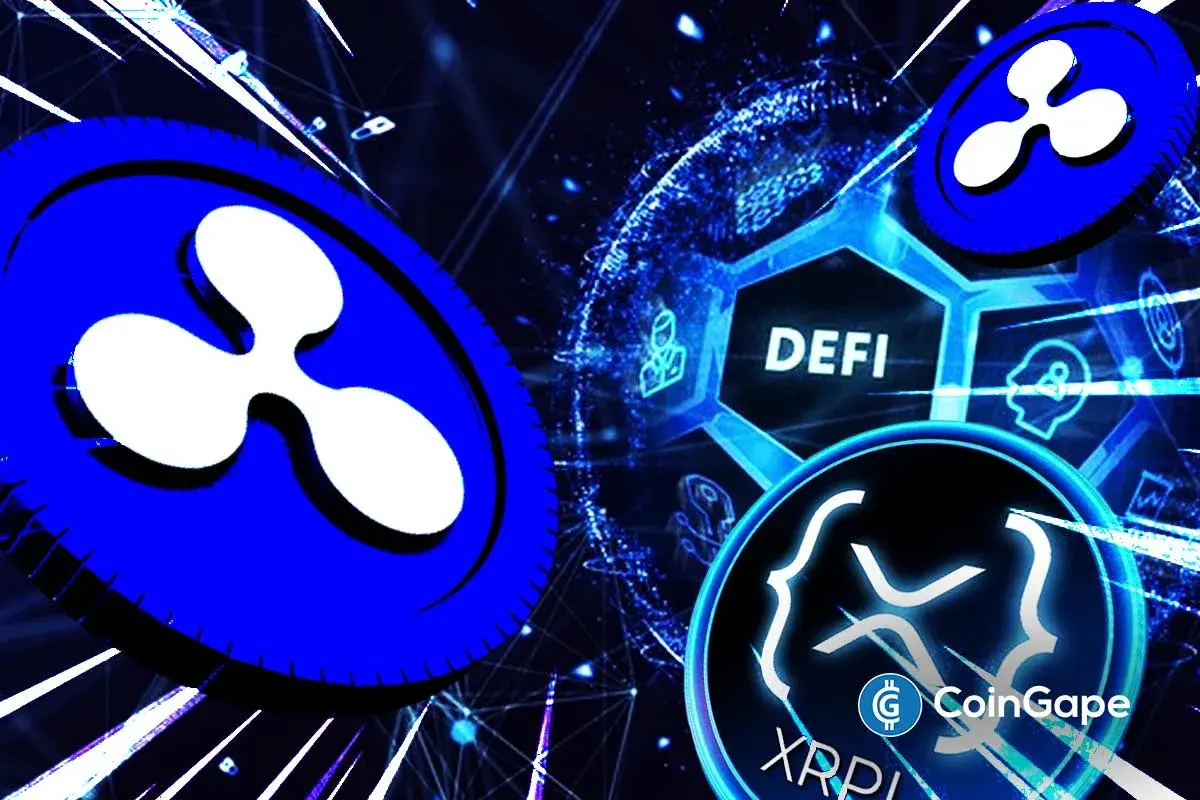MiCA Boosts EUR-Stablecoin Utilization, Will It Cast A Shadow On USD-Backed Coins?

Highlights
- MiCA regulations are accelerating the adoption of EUR-stablecoins, enhancing their market presence.
- EUR-stablecoins now hit an all-time high in terms of euro-denominated crypto transactions.
- The full implementation of MiCA could significantly boost EUR-stablecoin liquidity and transaction volumes.
MiCA, the regulatory framework by the European Union (EU), is boosting the utilization and adoption of EUR-backed stablecoins, challenging the dominance traditionally held by USD-backed coins. Notably, the regulatory initiative, MiCA, covers various aspects of crypto-assets, including transparency, authorization, and supervision of transactions.
In addition, it also aims to strengthen market integrity and financial stability while safeguarding consumer interests.
MiCA To Boost EUR-Backed Stablecoin
According to Patrick Hensen, Director of Strategy and Policy at Circle, the issuer behind USDC stablecoin, Markets in Crypto-Assets (MiCA) has already shown promising effects on EUR-stablecoins. In a recent X post, Hensen highlighted that EUR-stablecoins are used in about 1.1% of the total euro-denominated crypto transactions now.
Although the number seems negligible as compared to the 90% used by the USD-backed coins, the Circle director emphasized that the 1.1% is “actually an all-time high”. Besides, he noted that there used to be no transactions using the EUR-stablecoins even before a few years, noting the rising momentum of the stablecoins in the EU.
On the other hand, Patrick Hensen further emphasized the potential for further growth in EUR-stablecoin liquidity and transaction volumes with MiCA’s full implementation. Considering the potential positive impact of MiCA on the EU’s stablecoin sector, several experts anticipate it to be a tough competitor to the USD-stablecoins.

Also Read: Coinbase CEO Rallies Efforts For Clear Crypto Rules, Meets Dem & GOP Senators
Potential Impact & Criticism Amid Stablecoin Debate
As the EU gears up for the implementation of the MiCA regulations, with a key deadline on June 30, notable changes are anticipated in the crypto market in the EU. As said earlier, this regulatory framework could further boost the EUR-backed stablecoins adoption, while placing it as a viable alternative to the USD-stablecoins.
It’s worth noting that the regulation aims to streamline operations within the crypto landscape. Besides, it also focuses on enhancing investors’ confidence while offering transparent crypto regulation to ensure users’ safety.
However, the EU’s regulatory framework has also attracted criticism from market experts recently. For context, Tether CEO Paolo Ardoino took aim at the upcoming MiCA regulation arguing that the requirement of 60% of reserves in bank deposits could impact the stablecoin sector. Notably, several crypto exchanges like Binance are also shifting their operations in Europe due to the upcoming MiCA regulatory impact.
Also Read:
- What Is The X ‘Private Likes’ Feature And How Will It Work?
- Binance Conducts First In-Person Law Enforcement Training
- Spot Bitcoin ETFs Saw $100M Inflow Reversal But Risks Still Looms
- Michael Saylor’s Strategy Challenges MSCI Over Bitcoin Treasury Exclusion Plan
- FOMC Meeting: Experts See ‘Hawkish’ Cut as Crypto Traders Price In Third Cut This Year
- Trump-Backed American Bitcoin Surpasses GameStop as Holdings Reach 4,783 BTC
- Who Will Be the Next Fed Chair? Trump to Interview Finalists to Replace Powell Today
- Ripple Releases XRP Ledger (XRPL) Upgrade to Boost Stability, DeFi: Details
- Sui Price Breaks Out of Falling Wedge: Is $2 Next Target?
- Chainlink Price Prediction: Why $20 is Next Key Target
- Solana Price Targets $200 Amid Increased Whale Accumulation
- Cardano Price Outlook: Expecting a 30-40% Bullish Wave Soon
- XRP Price Eyes Big Breakout as Triangle Pattern Signals 16% Move
- HYPE Price Drops 7% as $2.2M Shift and 10M Token Unlocks Stir Fear — What’s Next?

















